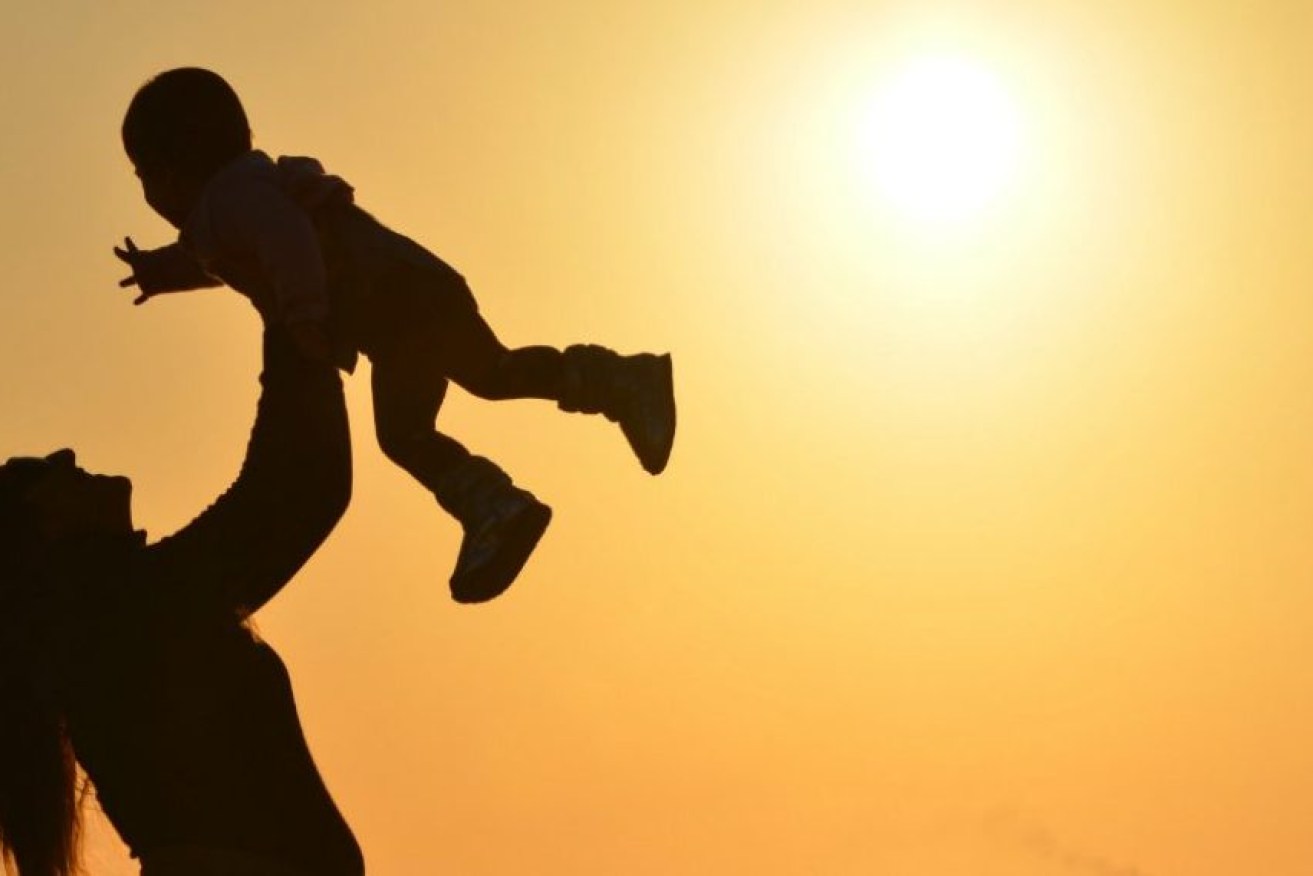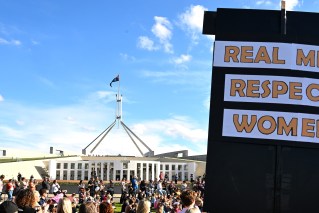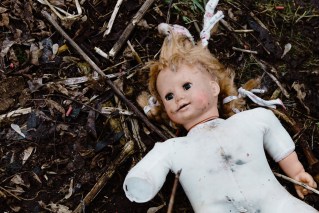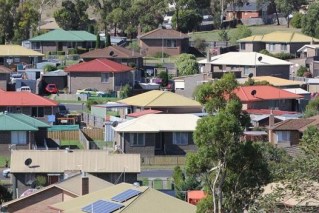Rental crisis hits rural areas, single parents the hardest
The impact of the housing crisis has been disproportionate with a much greater impact on those who can least afford it, according to data company Experian.


Single parent families have been hit hard by rents
In a report, Experian said before the Covid-19 pandemic it was well known that older age groups were more likely to live in coastal and rural areas and this was where the sharpest increases in rents have occurred since 2019.
“Young people in inner cities, who traditionally bear the brunt of a competitive rental market, have had the lowest increase in rental rates of any demographic group,” the report said.
The report also found that the supply of properties targeted at young professionals and students was on course to be the highest in five years, whereas properties for families in 2022 would continue to be below pre-Covid levels.
It found rents in Queensland had jumped 34 per cent since 2019 and the smaller states had seen the greatest increase, while NSW and Victoria had seen the lowest.
A separate survey from the REIQ found that there had now been 27 months of vacancy rates in many parts of Queensland below 1 per cent. A healthy market needed 2.6 to 3.5 per cent vacancies.
Brisbane’s vacancy rate was 0.8 per cent, but there were several areas throughout Queensland where it was lower. The Fraser Coast was now at 0.5 per cent and the Southern Downs and Goondiwindi were at 0.1 per cent. Maryborough was at 0.2 per cent and Livingstone at 0.4 per cent.
There were slight improvements of 0.1 per cent in Bundaberg, Mackay, Toowoomba, Charters Towers, Gympie, Isaac and the Scenic Rim, but the lift was immaterial and all those areas were still below 1 per cent vacancy.
REIQ chief executive Antonia Mercorella said there was little prospect of the issue improving any time soon.
“In Queensland, the average household size has reduced to only 2.5 persons a dwelling, which has put extra strain on housing supply and that’s even before looking at the extraordinary external pressures from high levels of migration and immigration to come,” she said.
The State Government’s assessment was that there were was a 55,000 shortfall in rental properties.
Impacting this was a finding from the Census data showing that 276,000 people moved into Queensland from the southern states in the five years to 2021. That was compounded by the exodus from Melbourne in Sydney during Covid which helped create a housing shortage.
The most impacted demographic in Queensland was families and single parents in financial hardship. Rents for this group increased 75 per cent.
“Looking ahead, prices are expected to continue to increase for many due to a number of factors such as the return of services like Airbnb, more people on long term international travel and landlords selling their properties in order to benefit from the high property prices,” the report said.
It said the biggest change in rents in Australia was in rural communities and people who work in agriculture. Average rents increased from $337 a week to $486 a week, with the biggest increases occurring since 2021.
Supply in these areas was a major factor. There was a 29 per cent drop in rental properties in 2021 and that persisted until recently when the numbers began to rise.
“The highest spending demographic group, paying $1061 a week on average for rental accommodation was middle aged families with significant assets and income. This makes sense as they have built up larger volumes of assets and can manage fluctuations in rental affordability,” the report said.
“The lowest spending demographic, paying $481 a week on average, was younger, blue collar workers renting far from the city centres with below average incomes.
“Some of the stats that our research revealed has been quite stark. A near double increase in rental rates for families facing financial hardship in some areas, makes for depressing reading.”












